National Air and Space Museum
- Address: 600 Independence Ave SW, Washington, DC 20560
- Tags:
 What to see Washington,
Washington,
United States
What to see Washington,
Washington,
United States
- Telephone: (202) 633-221
- Website: airandspace.si.edu/
The best aviation museum in the world
Introduction
The National Air and Space Museum is located in the US capital, Washington D. C. , and is one of the most visited museums in the entire world.
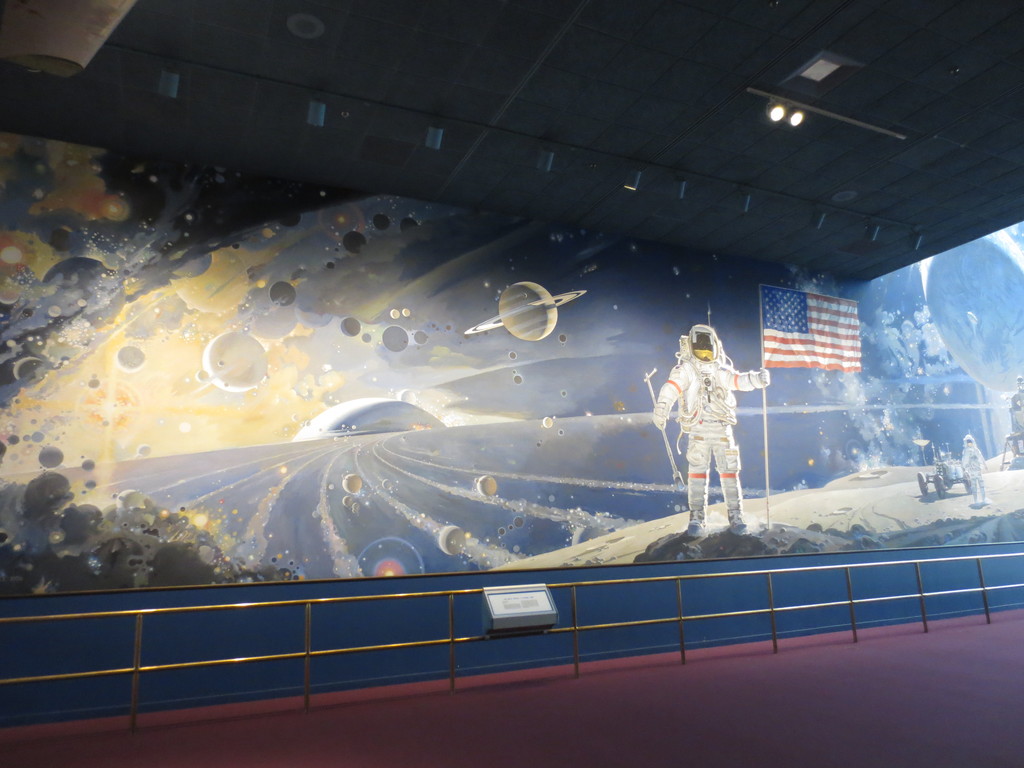
This museum is governed by the Smithsonian Institute, a centre of education and research that also controls a group of other museums.
The museum
The National Museum of Air and Space is divided into 22 galleries, where you can see the largest collection of aircraft and spaceships in the world. The museum was founded in 1946 by the United States Congress, but it wasn't until many years later when it moved into the building it currently occupies. Besides, as you will see from the date of its founding, it was originally only the National Museum of Air, but it later ended up becoming the Museum of Space too, thanks to the Space Race between the two Cold War rivals, the USSR and the USA. As time has passed, more objects have been added to the collection, and I assure that it is now almost complete. The majority of the aircraft that the museum houses are the originals, not copies or replicas; although, I am not sure if this is also the case for the spacecraft.
The building is of a modern style and is one of the most representative buildings of modern architecture in Washington D. C. The design of the building's interior consists of four huge cube-shaped constructions that are connected by three glass and metal vestibules, which facilitate the organisation and layout of the museum. Just after entering the museum, you will find the section dedicated to air and the aircraft, whereas, to the far right, you will find the area dedicated to space. The building has two floors and four open-plan areas, where there are planes and spacecraft, and then there are other closed areas that are divided by topic, which are quite interesting.
Galleries
The areas that the museum is divided into on the ground floor are the following:
Boeing Milestones of Flight Hall
This exhibition is located along the main corridor, just in front of the main entrance, and will be the first thing that you see. This area is dedicated to the aircraft that act as milestones in aviation history.
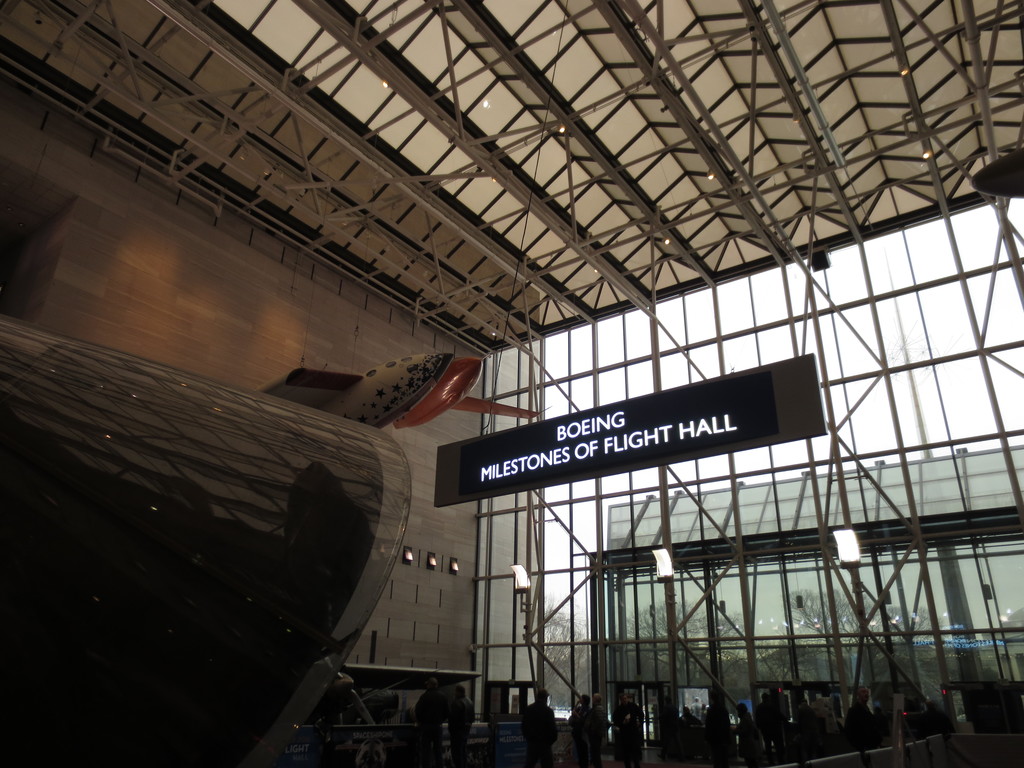
Amongst these, you can see the X-15, one of the rocket planes that was used as experimental aircraft and reached supersonic speeds before reaching the edge of outer space.

Another of the famous planes is the Spirit of St. Louis, which is the "first plane to have ever crossed the Atlantic Ocean". The name of the aircraft comes from the people who built it, as they came from St. Louis, Missouri.
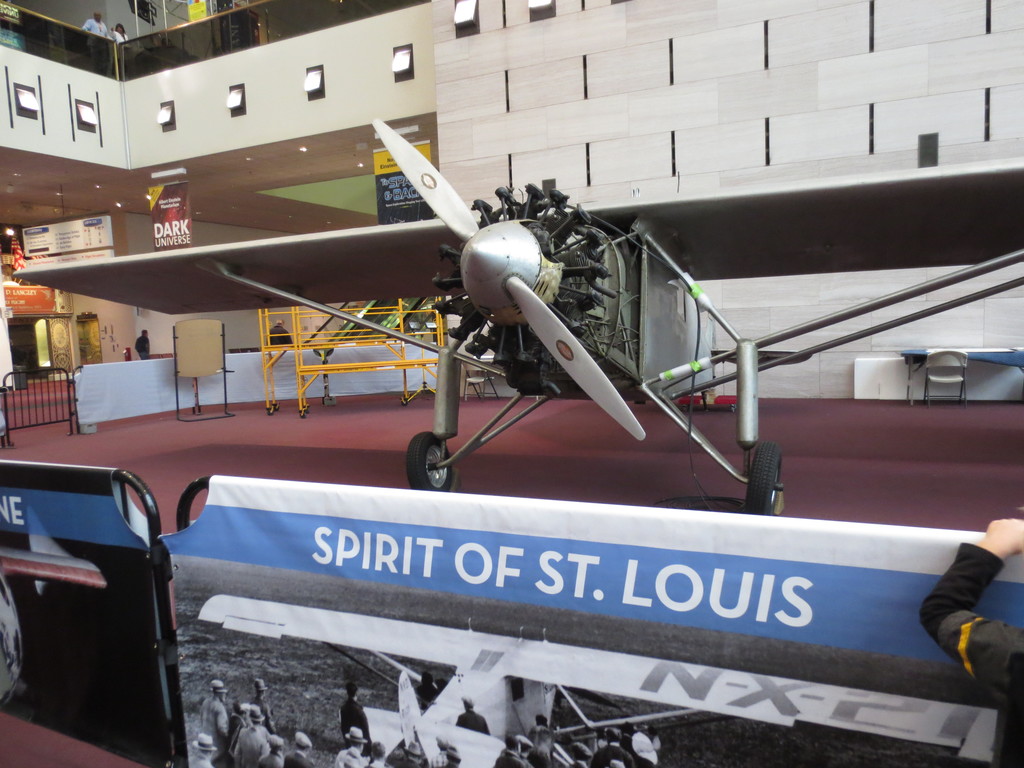
The Bell X-1, "Glamorous Glennis", was the first plane to exceed the speed of sound in level flight.
You can go inside some of the planes and you can look in the cockpit, as well as seeing the size of the passenger seats, the toilet, etc.

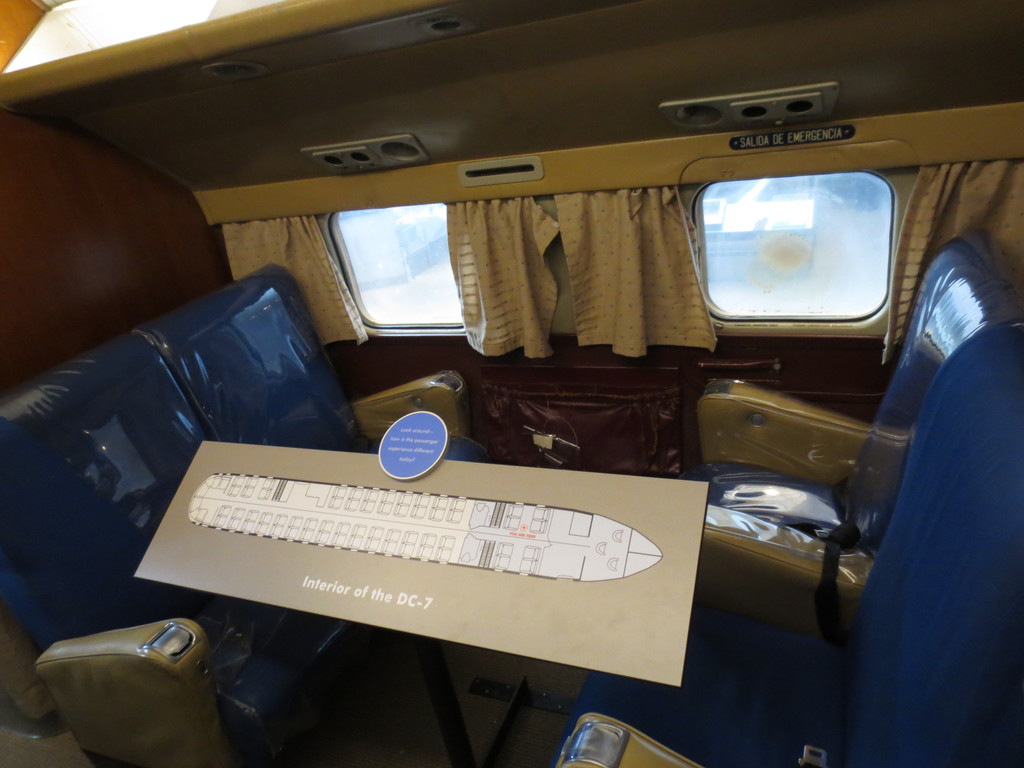
Jet Aviation
As its name indicates, this gallery talks about one specific type of aircraft - the jet.
America by air
As also suggested by its name, this space is dedicated to the history of aviation in the United States of America.
Hawaii by air
Just like the previous section, this part of the museum talks about the history of aviation in a very specific part of the country - Hawaii. The reason behind this exhibit is that, originally, travelling to this state via plane was very difficult, so it shows the changes that have taken place since then to the present day.
Golden Age of Flight
The golden years of aviation - the years that fell between the two world wars. In this period, there was a craze surrounding aviation, with records being beaten and races taking place, etc. Here, aircraft used during these "golden" years can be seen, as well as photos and other interesting objects.
Explore the Universe
Here, you will see the universe since the theories about it began up until the present day; in other words, its evolution or, even better still, the evolution of the ideas that have been had about it. Besides, there are several very interesting objects that are relics of the history of astronomy, like an astrolabe and telescopes, amongst other things.
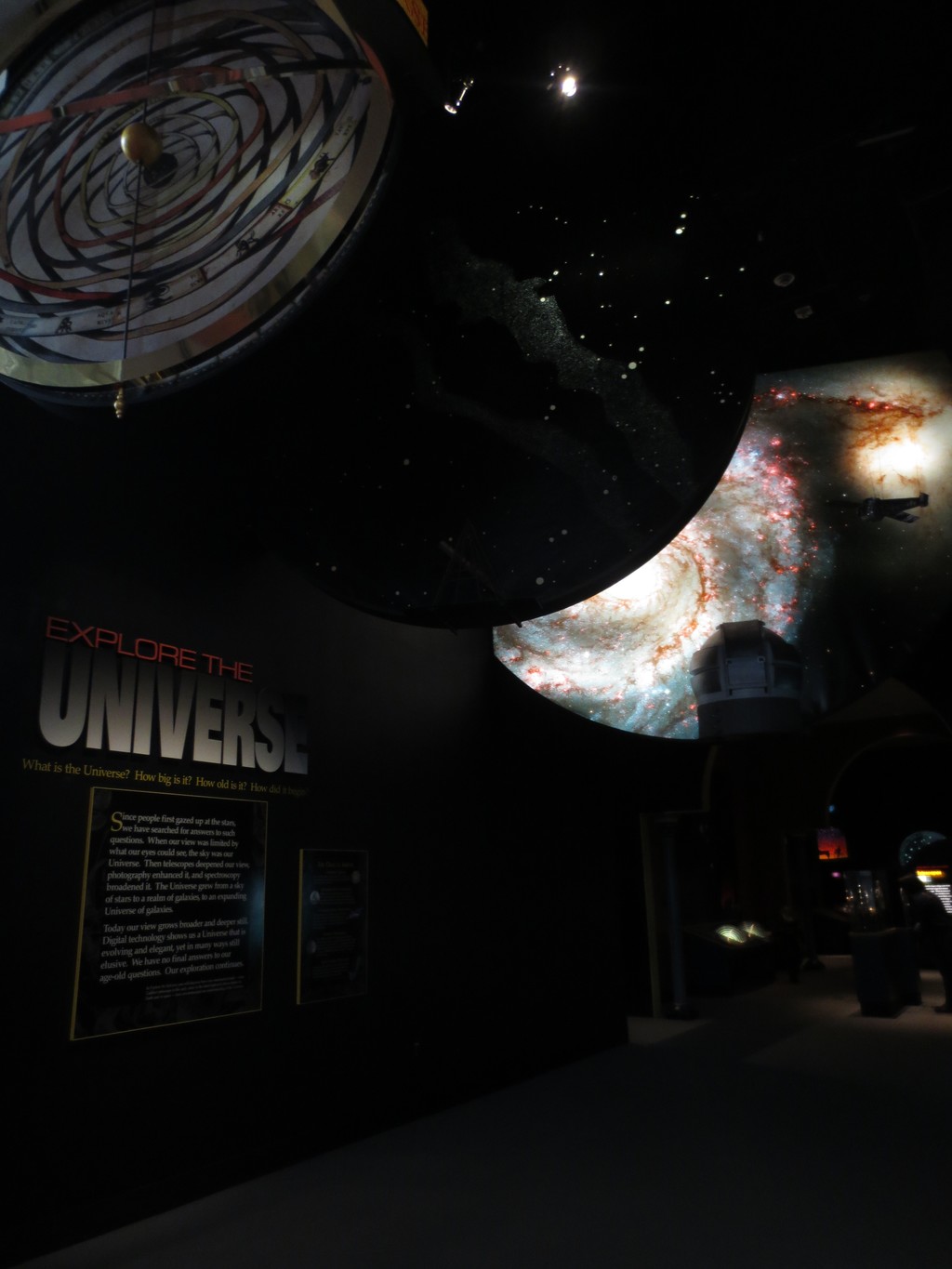
Early Flight
Here, you will learn about the first decade of aviation history.
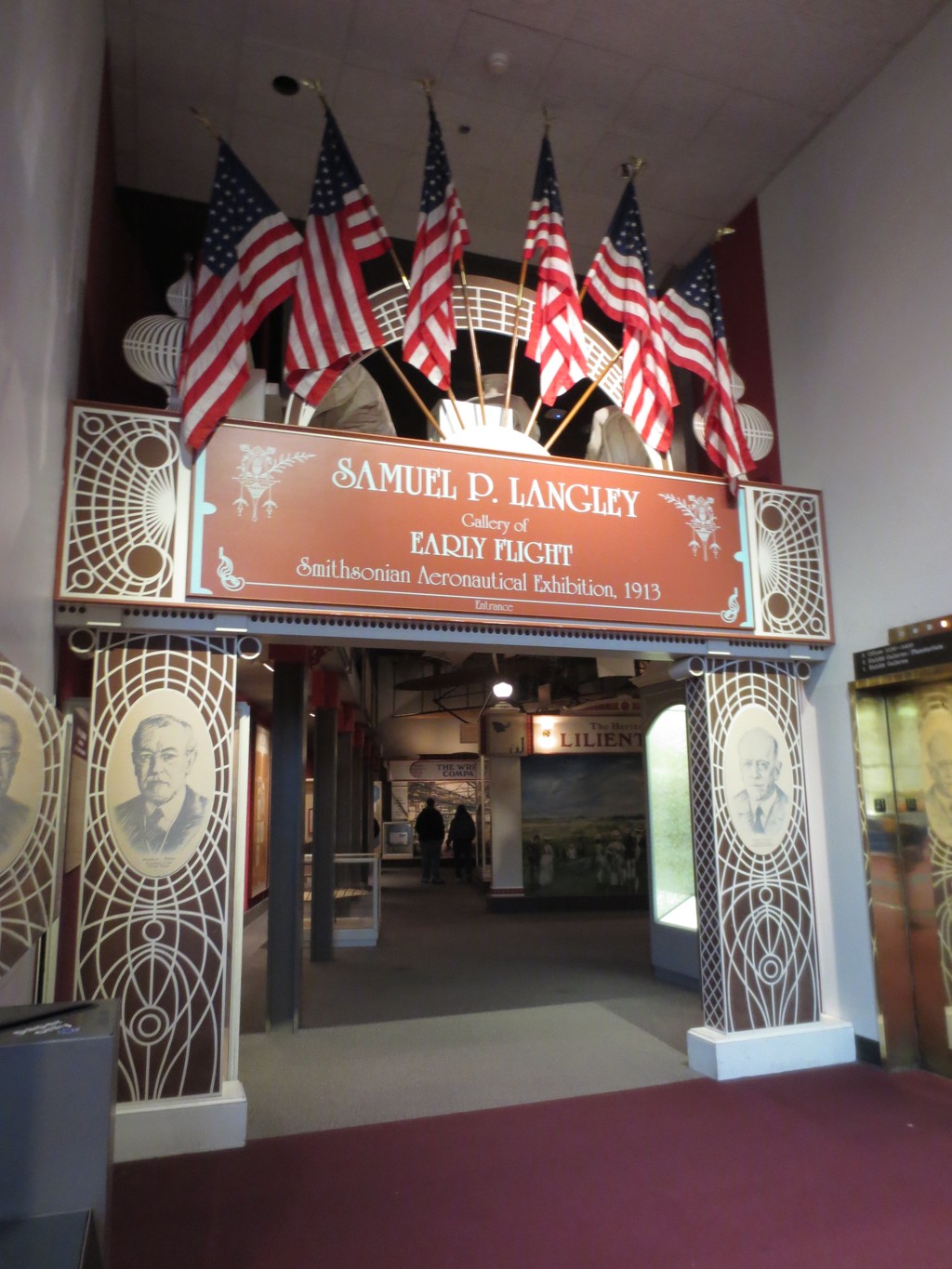
Welcome Centre
This area is essentially the museum's reception area, where you can find information about the museum itself, visits, etc.
How Things Fly
Without a shadow of a doubt, this is the most popular part of the museum among the younger visitors. It has a large amount of display cases that have buttons that you can press, which activates the function of the object displayed; it's not only a toy that the children can have fun with, but it's also educational, as it explains why the object moves, be that due to gravity or force, etc. Many of them move due to the air that propels them, and these explanations are given to you on the signs attached to each display case. This area is both fascinating and fun, as well as very educational.
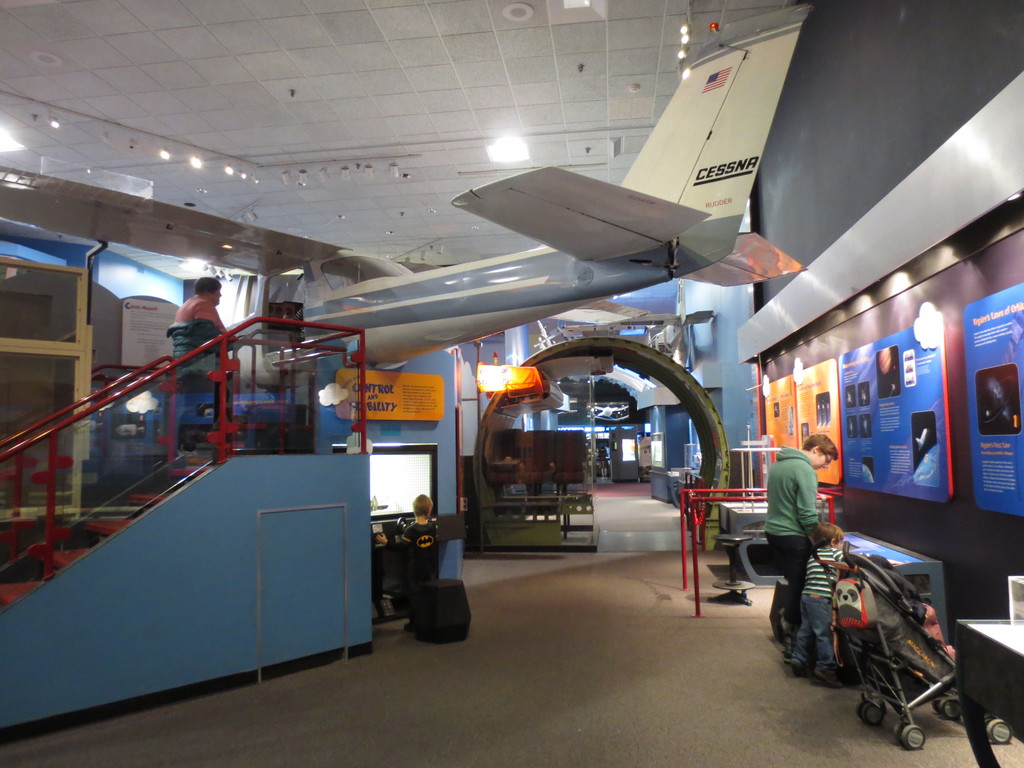
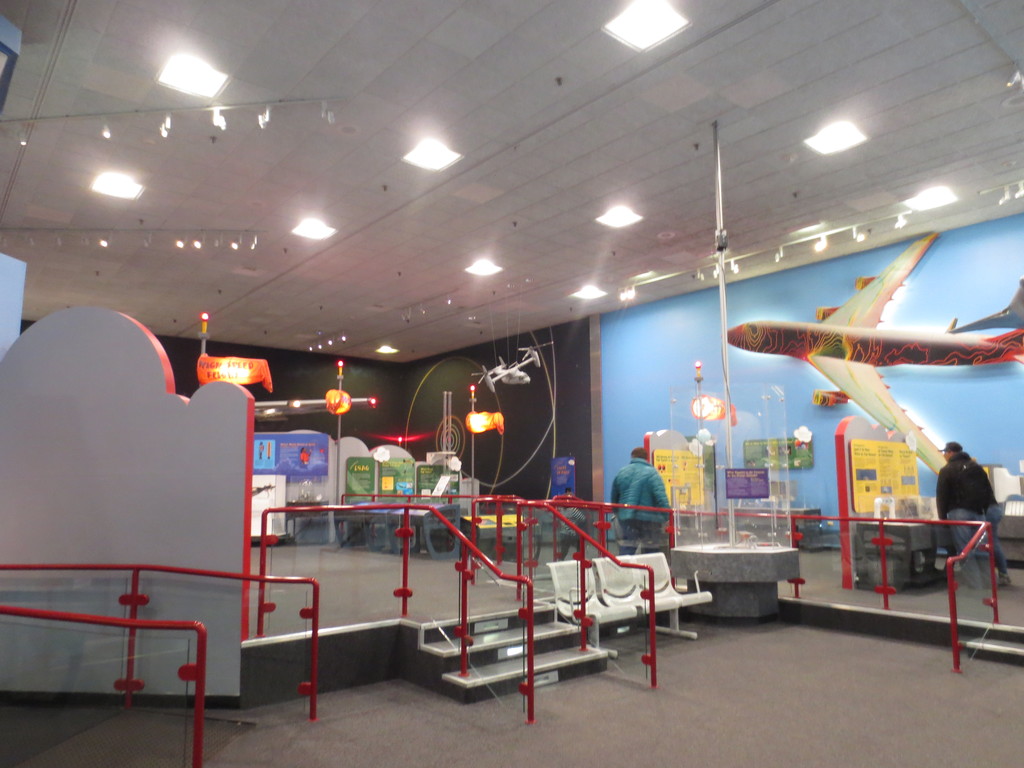
Looking at Earth
This area is intended for spacial and aerial observation, both in terms of technology and the uses it has. It has aircraft, including one from World War I, as well as the diverse equipment needed for it.
Space Race
The Space Race was both a confrontation and a competition between the former Soviet Union (USSR) and the United States of America in the Cold War period following the Second World War, and saw two important ideologies of the period confront one another - Communism and Democracy. But thanks to them, great achievements were made and they contributed greatly to what we have today with regards to space material. Amongst the items exhibited, you can find the Skylab Orbital workshop, as well as a full-size replica of the Hubble space telescope. It really is interesting to take a look at.
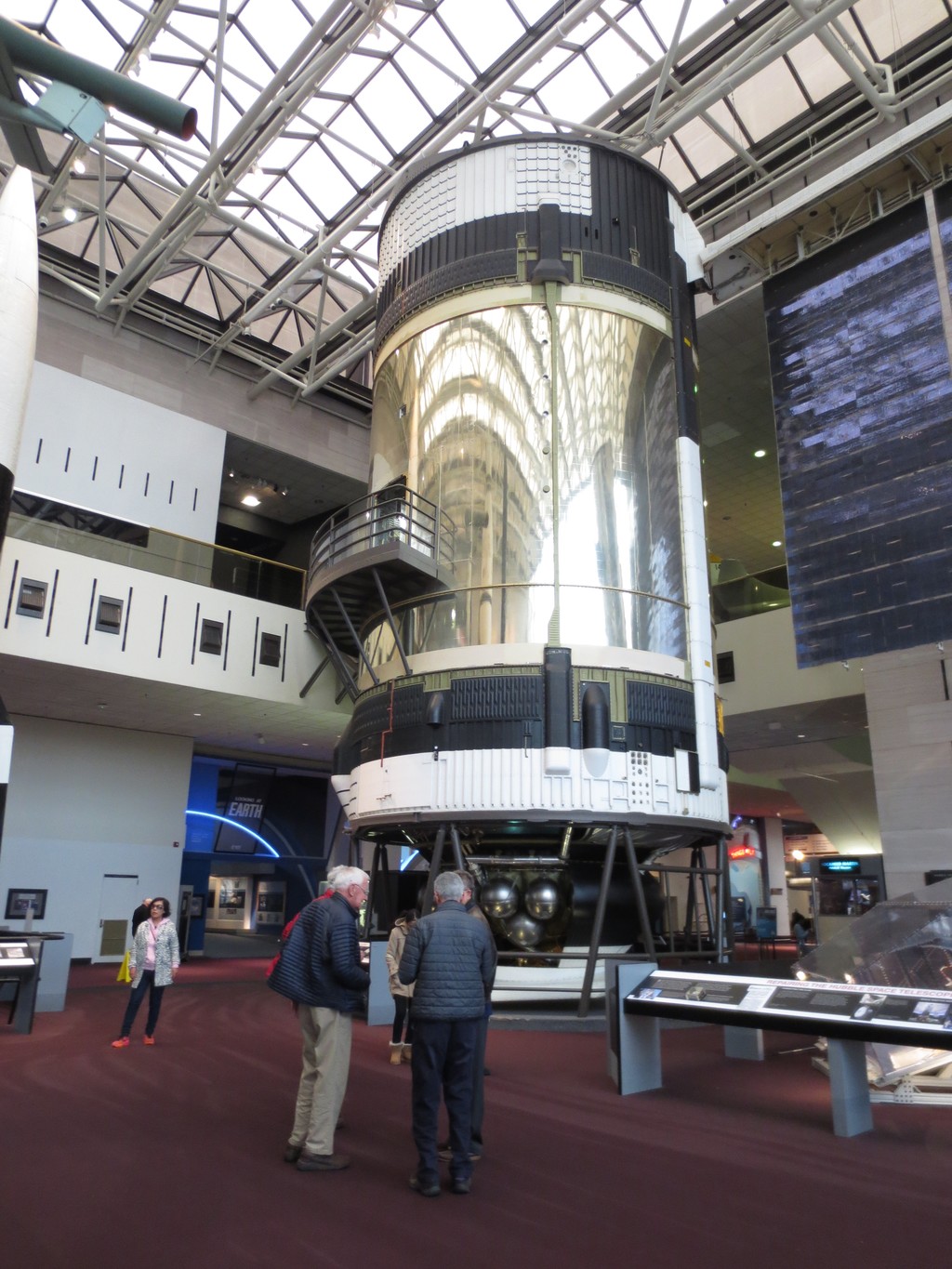
Moving beyond Earth
This gallery is dedicated, in the most part, to space stations and space shuttles. In addition to this, there are some screens that allow you to test your knowledge of the topic, with four buttons for you to choose the answer that you want.
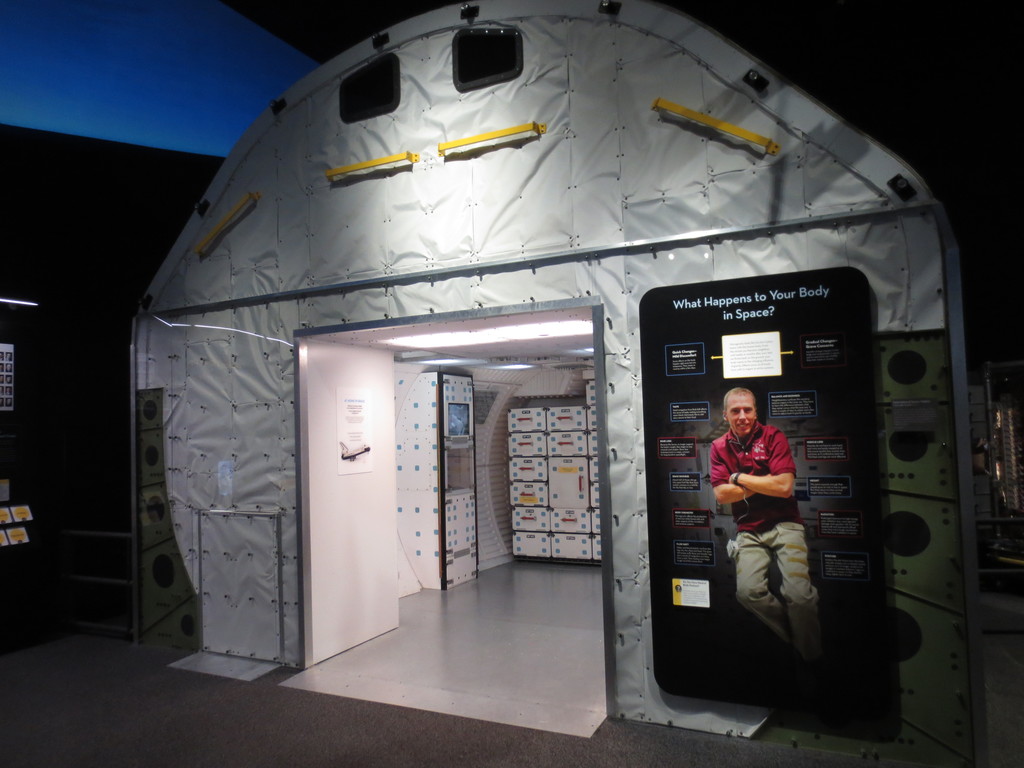
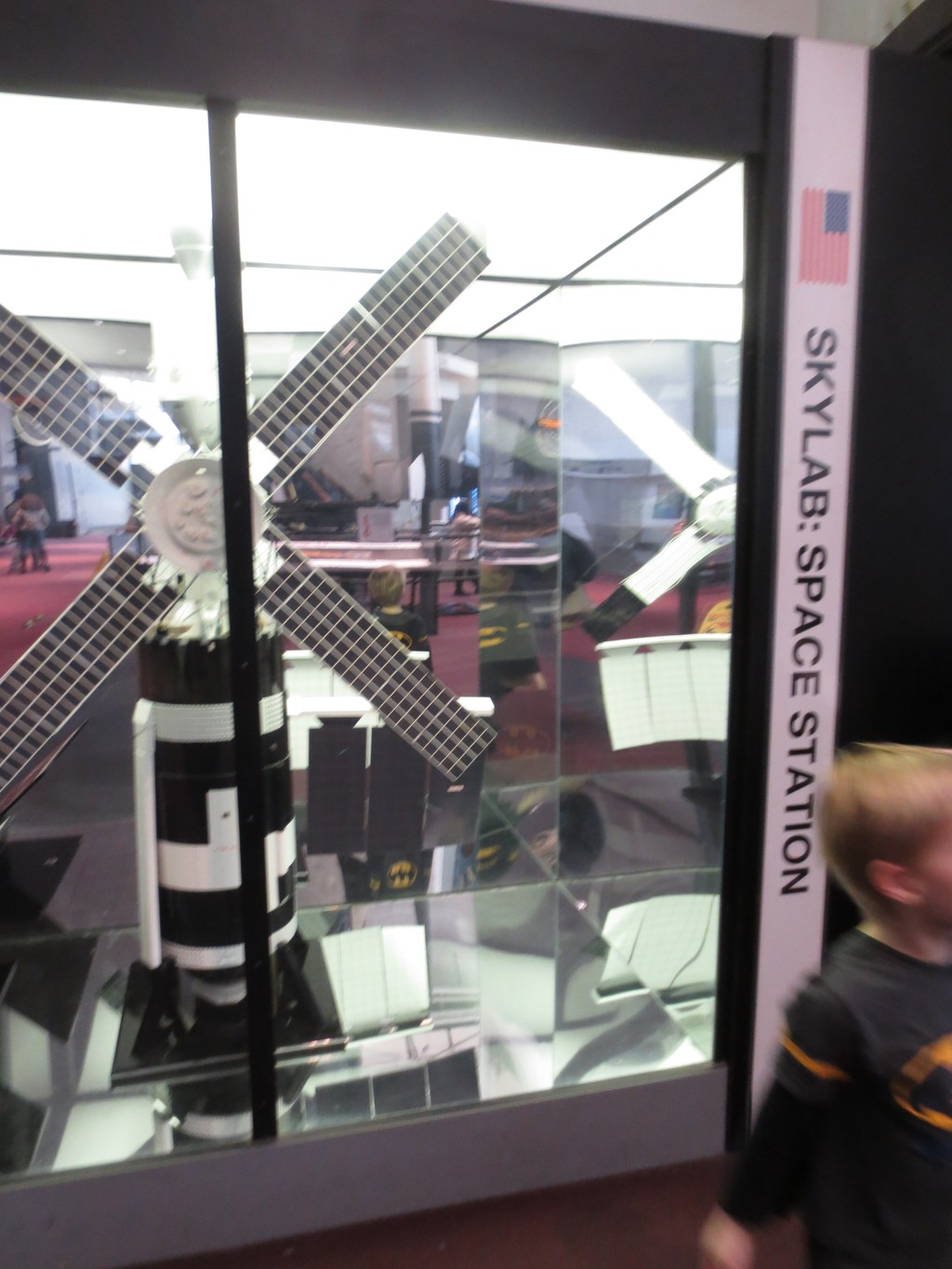
Lunar Exploration Vehicles
As its name suggests, in this section of the museum, you will be fed lots of information and find yourselves with objects that are used or have previously been used in lunar exploration.
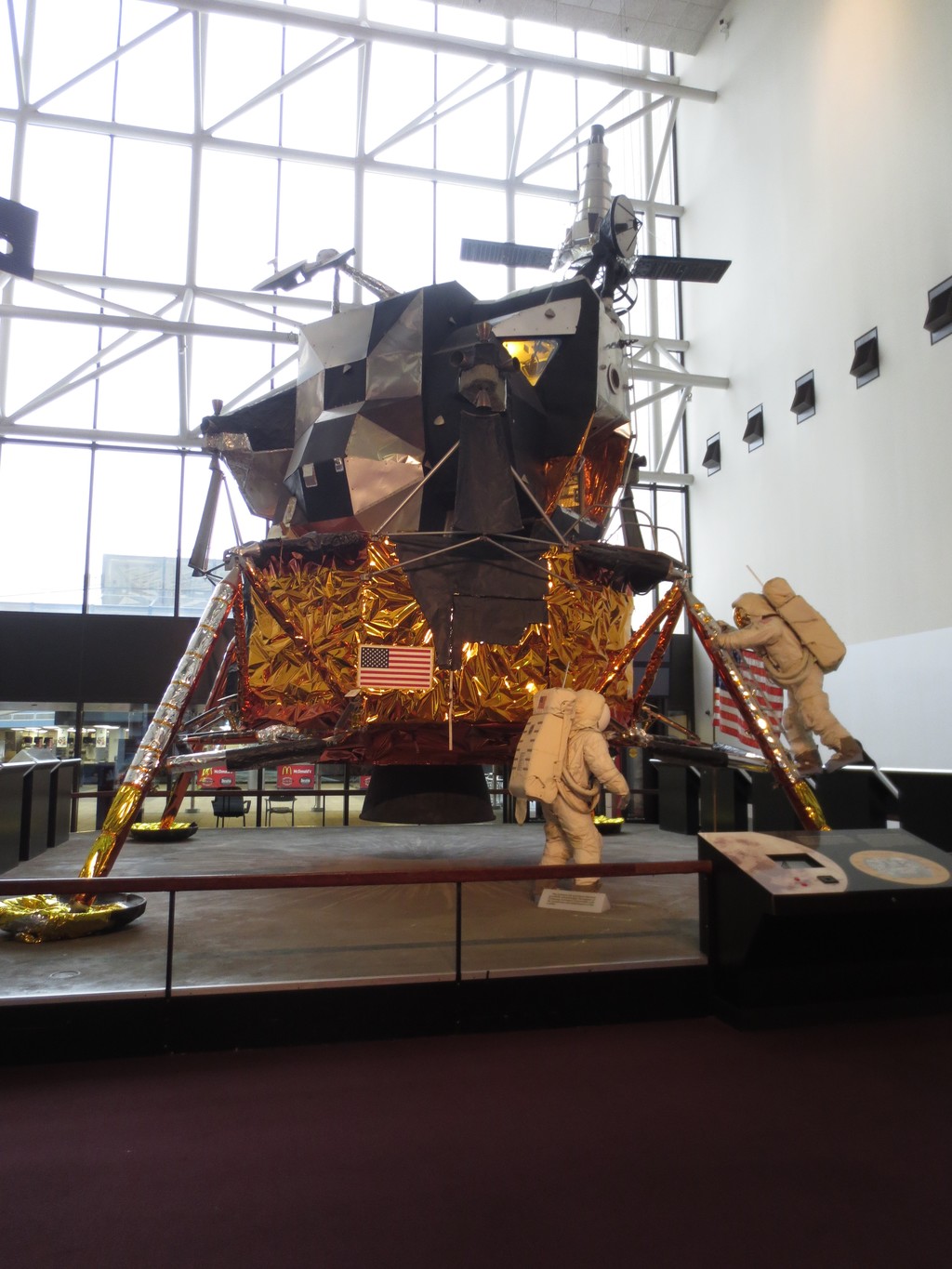
Military Unmanned Aerial Vehicles (UAV)
This gallery is about the aerial vehicles that were unmanned. These planes were actually controlled by radio signals, and you can find six of them right here.
The upper floor of the museum is divided into the following areas:
Sea Air Operations
Dedicated especially to aircraft carriers, you can see the real equipment used onboard.
World War II Aviation
This is one of my favourite areas, as I am particularly interested in this tragic, yet very important part of aviation history. I almost got emotional when I saw information about the attack on Pearl Harbour and the medals given to the soldiers who flew in the counter-attack to get revenge for what happened in Hawaii. We cannot only see prototypes of the planes used during the Second World War, but also the clothing and accessories worn, and other interesting objects.
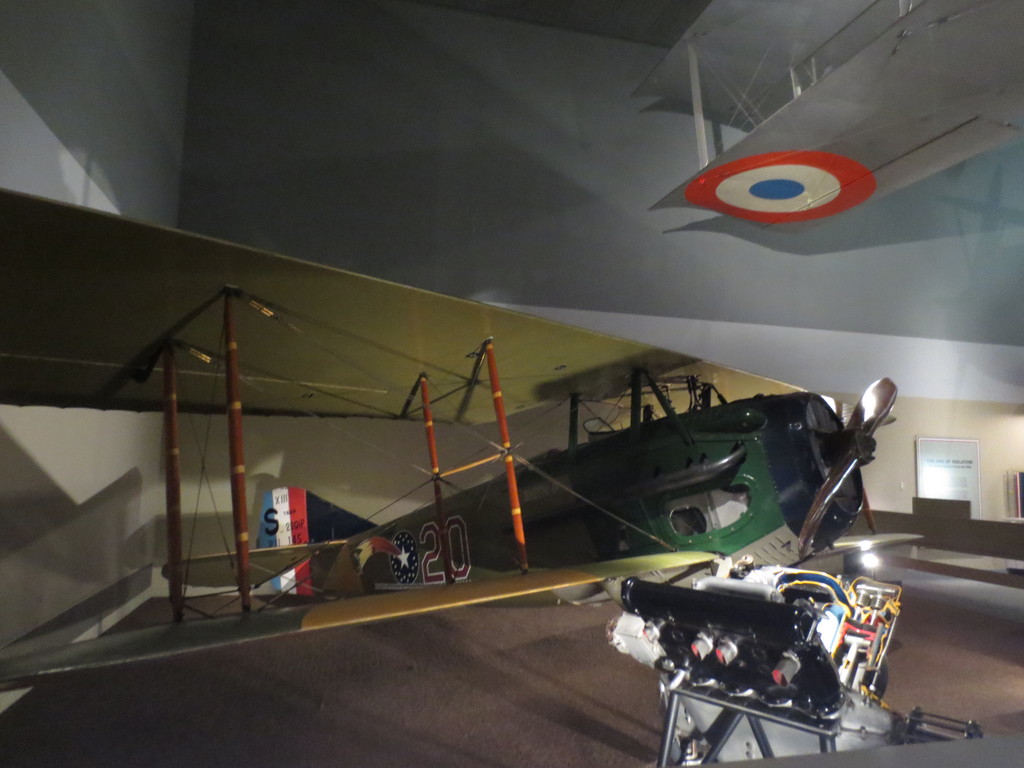
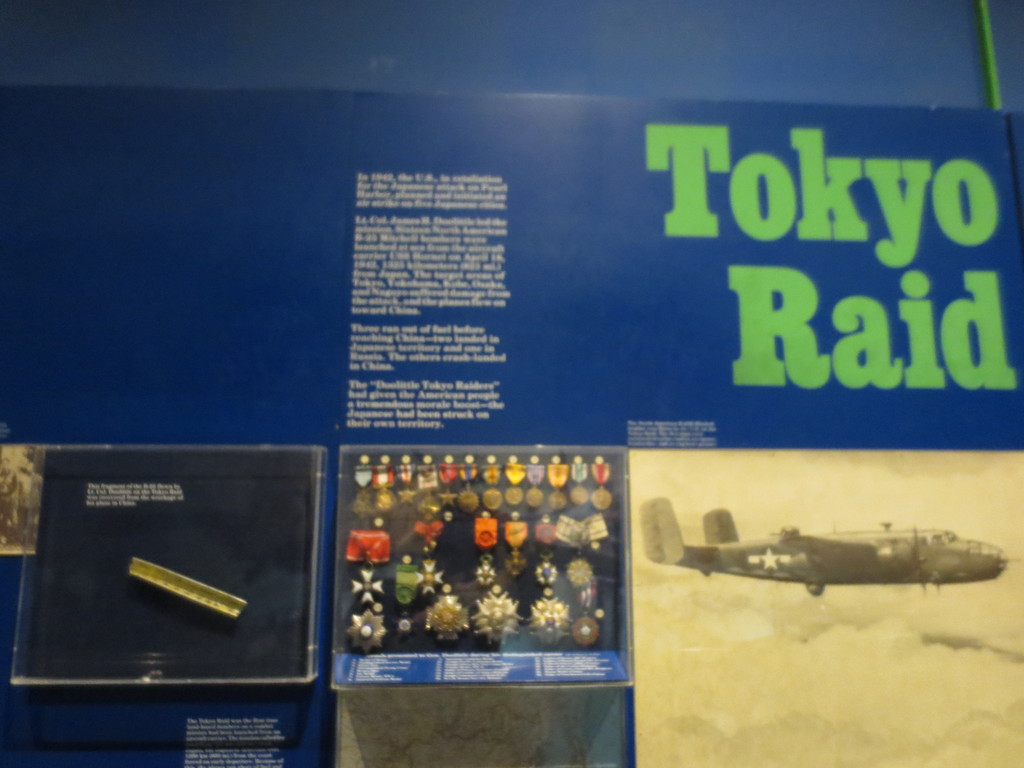
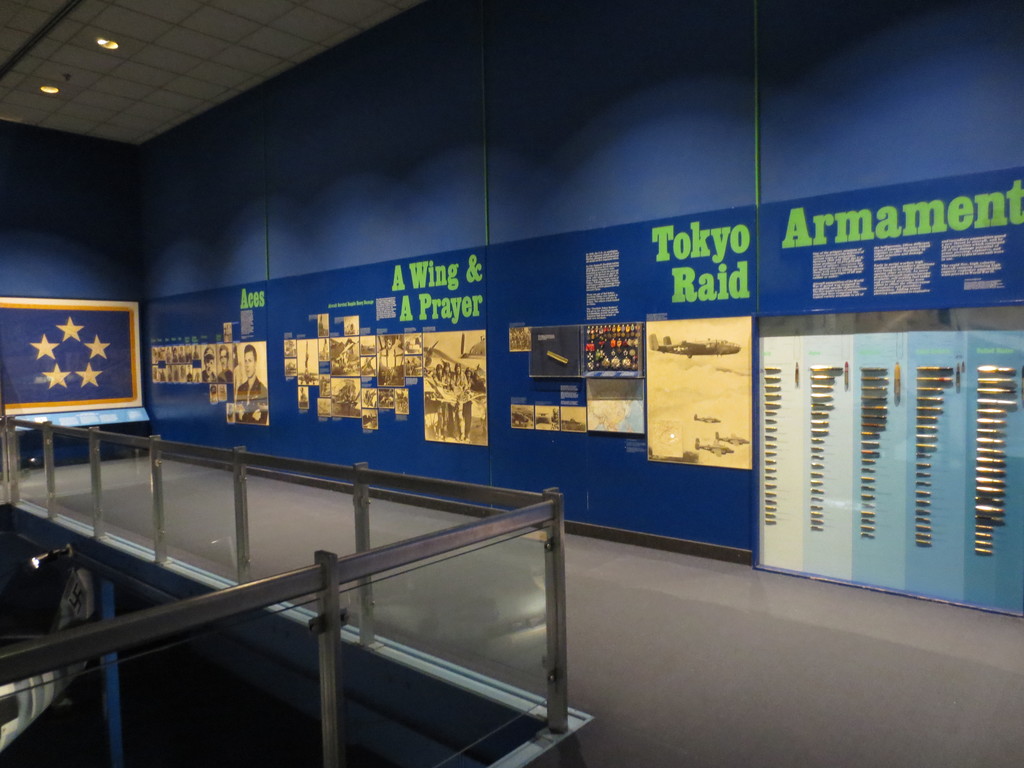
Legend Memory and the Great War in the Air
This gallery is about aviation during the First World War. There is a kind of replica of a facade of the cinemas back in those days, and inside here you will be able to watch a documentary.
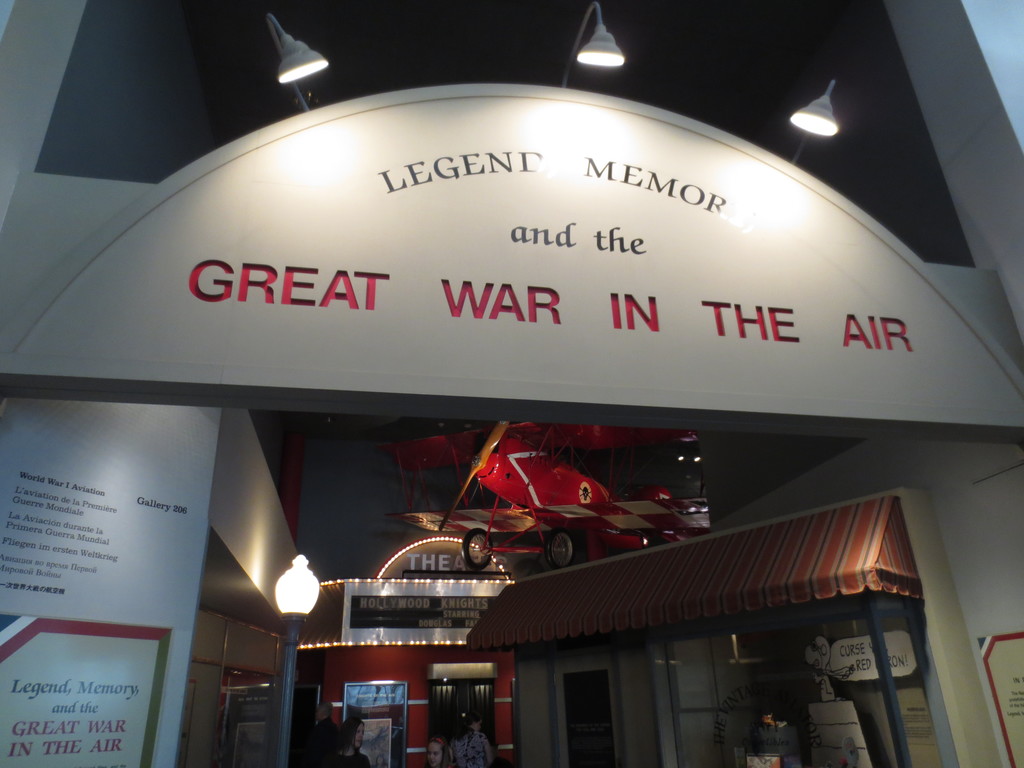
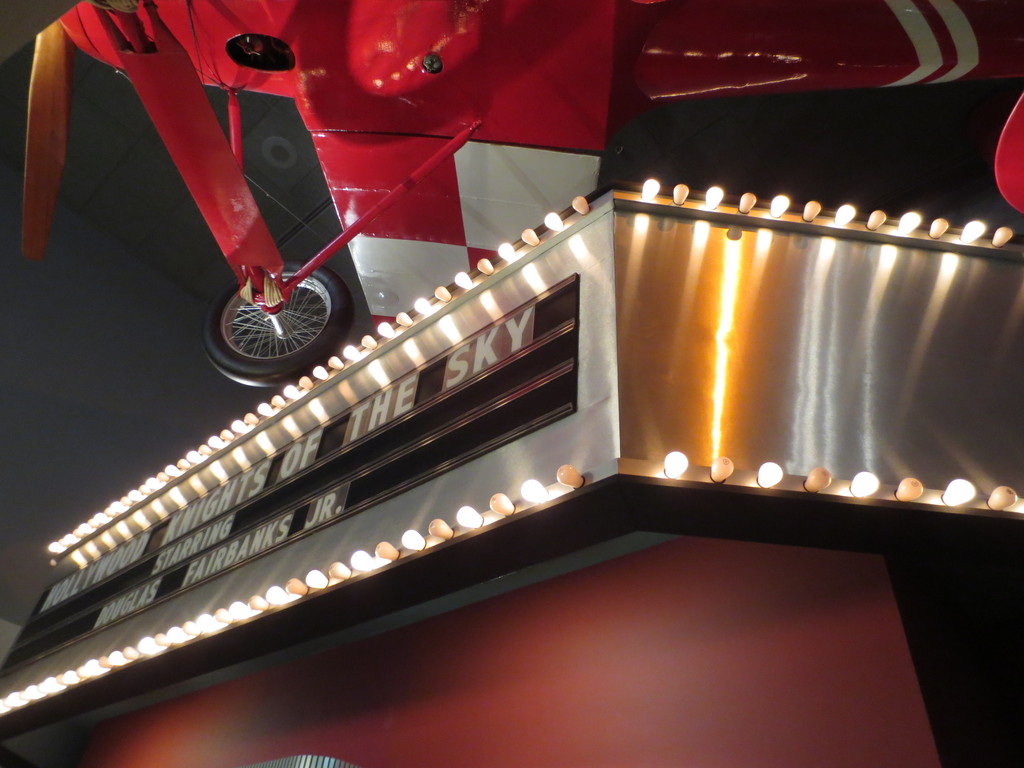
Outside the Spacecraft: 50 years of Extra Vehicular Activity
This area talks about the work of extra vehicular activity carried out outside of the spacecraft.
Apollo to the moon
This gallery is dedicated to the Apollo Program. It's really interesting and within it, you can see some of the special space suits that the astronauts wore on the moon, or some examples of the "space" food that they ate.
Exploring the planets
Here, you will find information of all types about the planets. There are also some scale models of them that allow you to compare their sizes and to better see the difference between them. Jupiter and Saturn are really big in comparison with Earth or Mars - I knew this beforehand, but I didn't imagine the difference to be so immense.
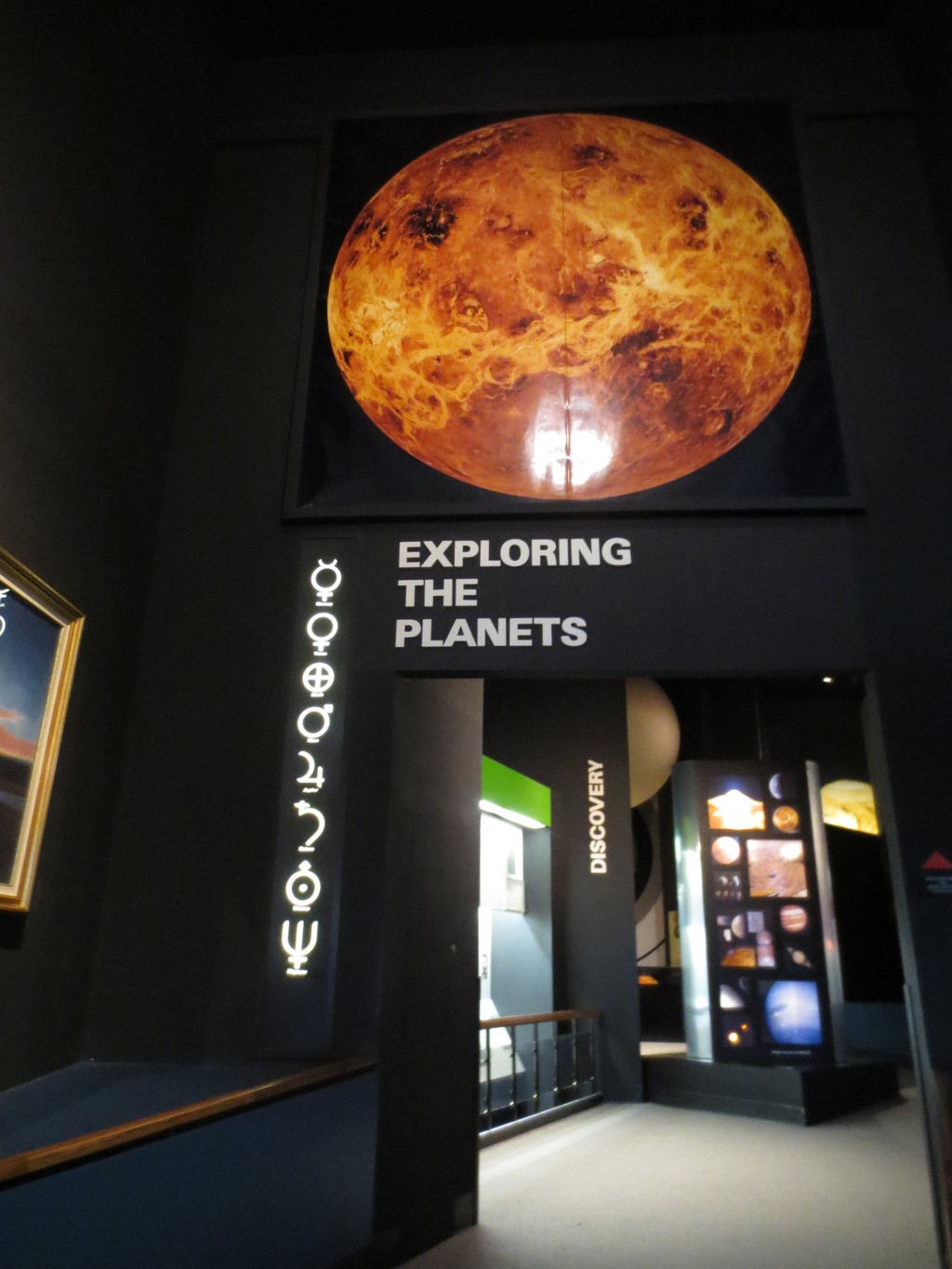
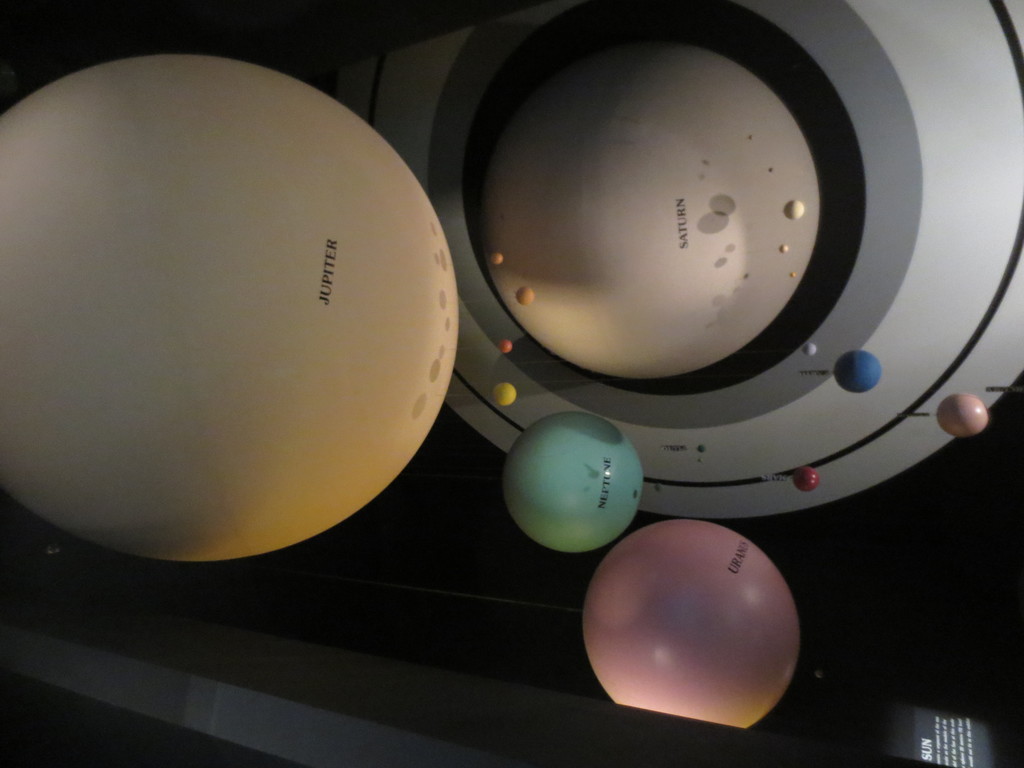
Time and Navigation
This section of the museum takes about how time affects navigation, as well as the evolution of the mechanism that have been used to control time in navigation.
Barron Hilton Pioneers of Flight Gallery
This gallery exhibits planes that are famous for having performed some important feat, as well as information about the people linked to them. An example of this would be the first plane that made the first non-stop coast to coast flight in the United States.

The Wright Brothers & The Invention of the Aerial Age
The Wright brothers are considered to be aviation pioneers, so this gallery is set aside to tell their story and exhibit some of the aeroplanes that they built.
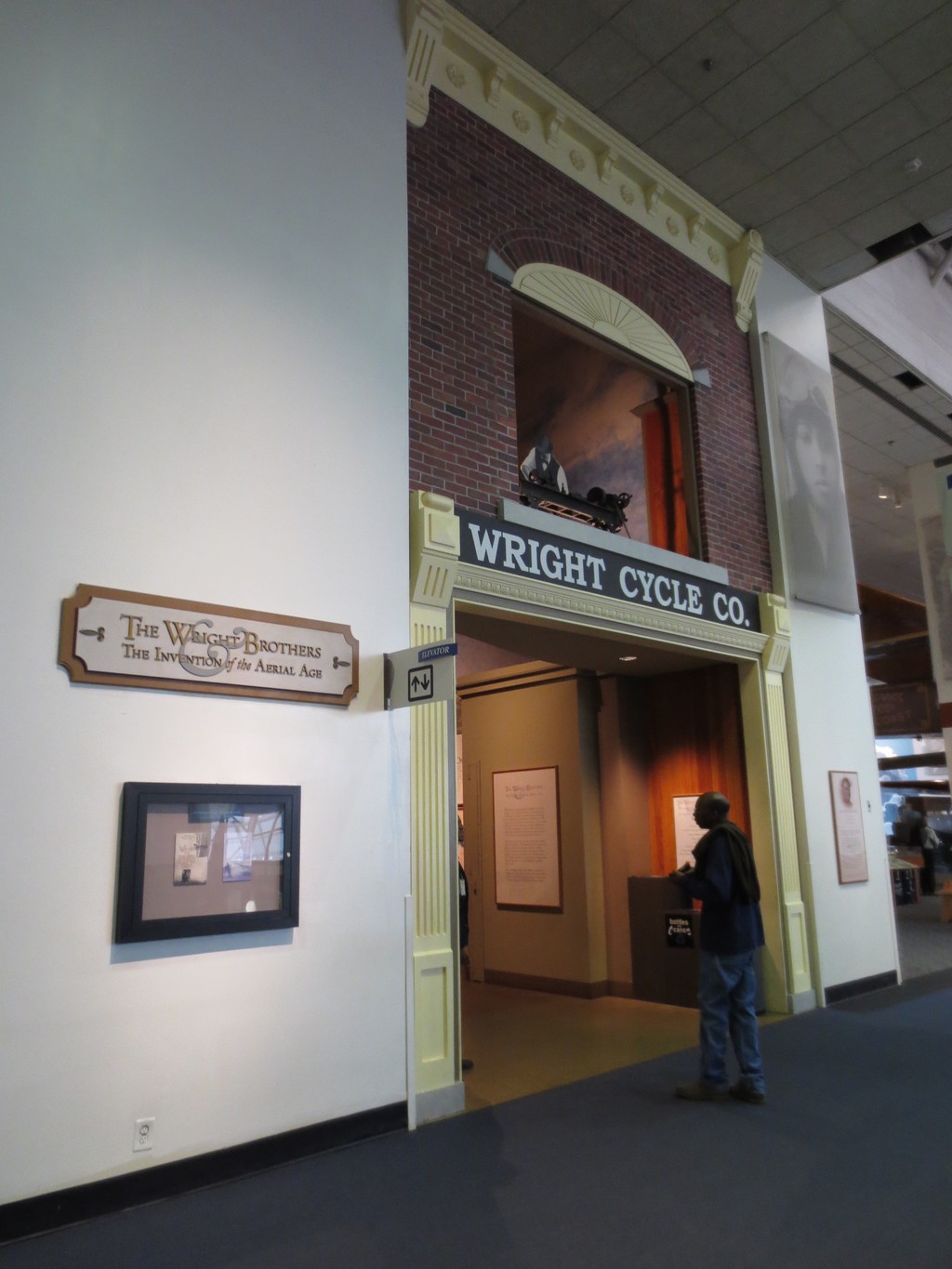
An interesting little fact that you might like to know is that the second instalment in the "Night at the Museum" film franchise was filmed here.
Apart from the galleries themselves, the museum also has a planetarium and an IMAX cinema.
Planetarium and IMAX cinema
The Planetarium is called the "Albert Einstein Planetarium" and it is here where you can learn about space and the stars, as well as seeing a screening of some description. The cost of seeing one of these screenings is $9 for adults, $8 for senior citizens, and $7. 50 for young people, which is subject to additional tax of $1. 50 per ticket. Discounts are available, and they offer a free screening of "The Stars Tonight" at 10:30am on Tuesdays, Thursdays and Saturdays, which explains what you can expect to see in the sky. In my personal opinion, it's too expensive for what it is, and there are much better and cheaper planetariums that you could go to instead.
The IMAX cinema is a type of projection system that allows you to see images in a larger size and in better quality than with other projection systems. The one in this museum allows visitors to watch screenings about planes and space, as the museum is dedicated to these two specific things. It offers some screenings in 3D, and the prices are the same of those at the Planetarium.
Additional information
If you have children, they will absolutely love coming to this museum with you, as it is a favourite amongst the younger ones for the amount of fun activities that they can do there. Besides, with the huge number of planes hanging from the ceiling, it looks just like the ceiling of a child's bedroom, just on a much larger scale. On the day that I visited, there were easily more children than adults, which was helped by the school trips that were taking place. It's recommendable to dress your children in visible clothing in case you lose them, which is quite easy to do: to give you an example, one group of children all wore bright yellow caps.
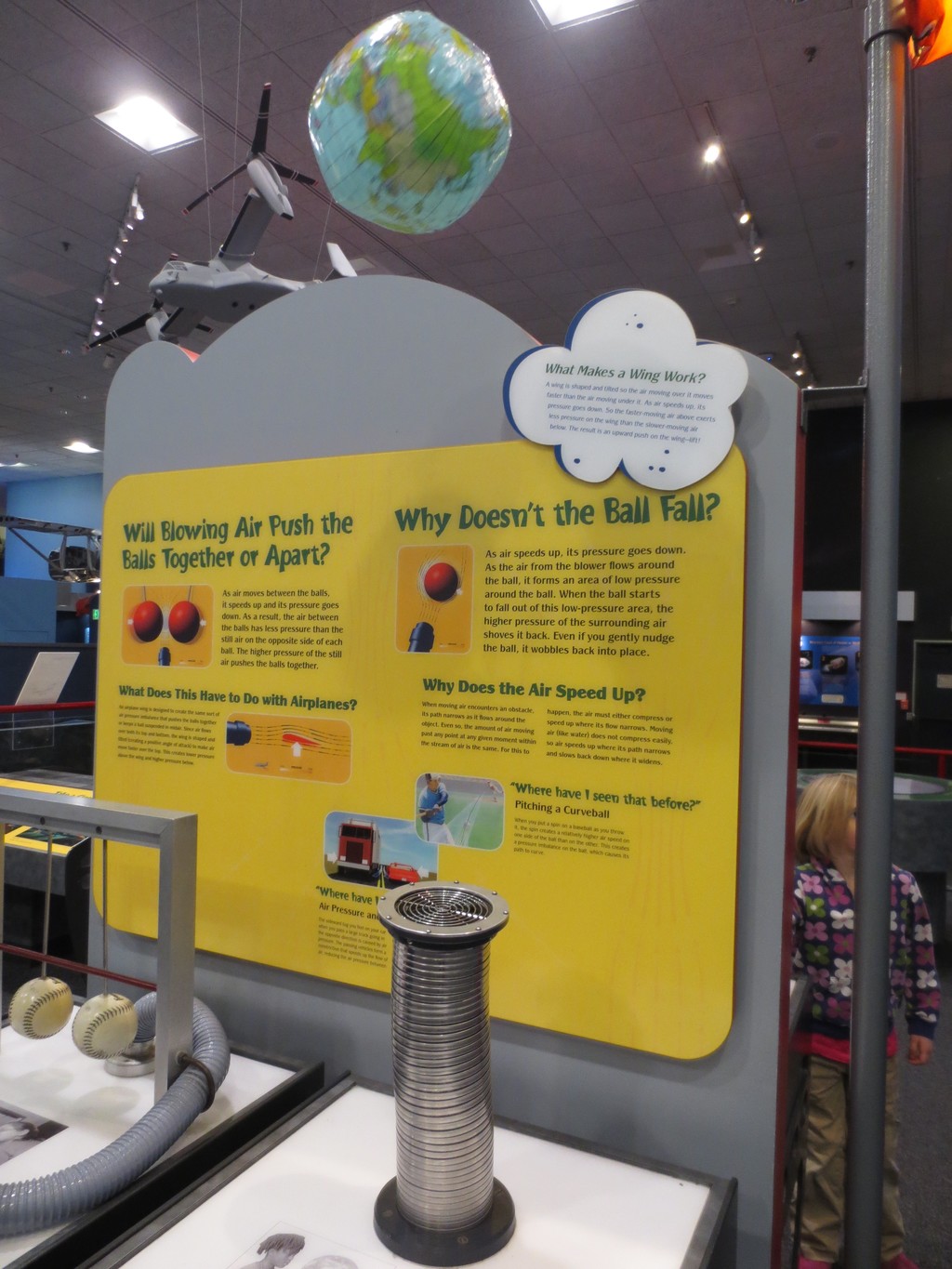
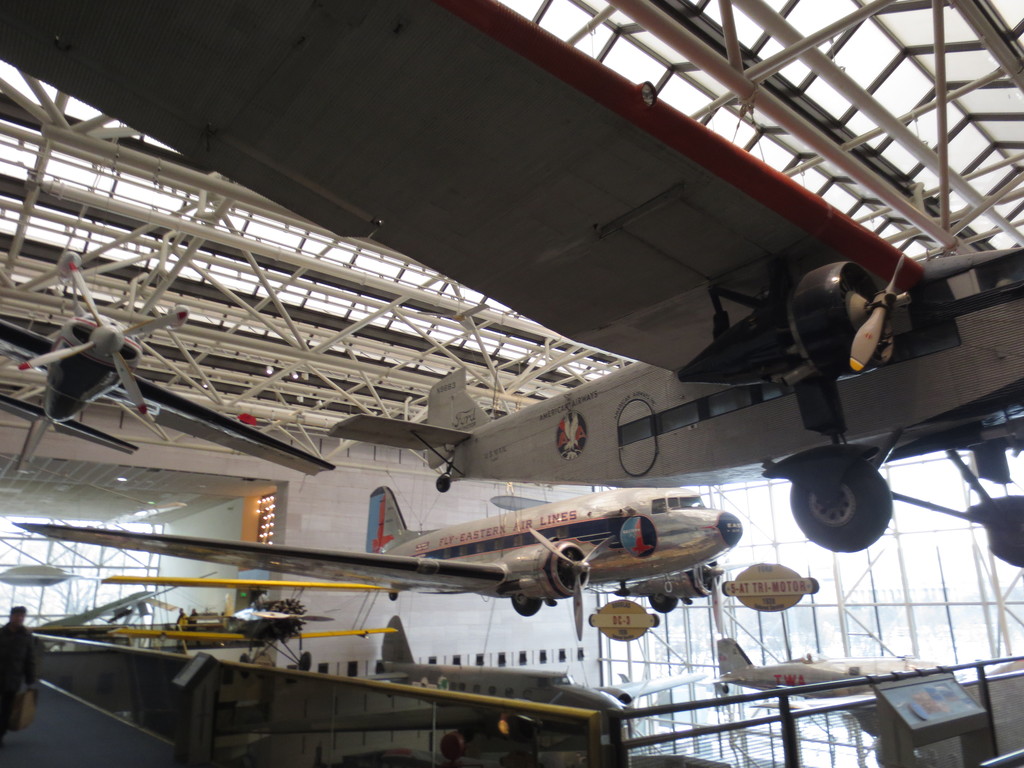
On the other hand, you can eat at McDonalds and at Donatos Pizza, as there is a separate eating area within the museum that has lots of tables and chairs and a large counter where you can order your food. This room is on the ground floor of the building, on the very far right-hand side. It is prohibited to eat inside the building (chewing gum included), but they do let you bring a bottle of water in with you. I guess that they make these rules to ensure that the museum remains in impeccable condition. I brought food with me in my bag, so when I felt hungry, I headed out to the area where McDonalds is and I ate my sandwich. I don't necessarily know if you are allowed to do that, but no one said anything to me... it's not like I had another option, as eating it outside in 9 degree weather wasn't exactly feasible.

There is a large gift shop on the ground floor and several little stands spread throughout the entire museum where you can buy all manner of toys, clothing and souvenirs related to both aviation and space. There is a large amount of products that are worth having a proper look at, even if you are not going to buy one. They also sell full "spacesuits" (with the helmet and everything) that are very amusing and are extremely similar to the real ones worn in space.

It's important not to confuse this museum with the one in Chantilly, Virginia - the Steven F. Udvar-Hazy Center. In reality, it is like an extension of the D. C. museum and is managed by the same Smithsonian Institute. However, unlike the National Air and Space Museum, it is not divided into galleries. Here, you can visit the famous plane, Enola Gay, from which the first atomic bomb was launched by the United States in Japan, putting a definitive end to the Second World War.
Admission prices and opening hours
Entry to the museum is free, which is great because it allows you to spend a decent amount of time visiting it without having to spend anything, especially if you don't want to visit the Planetarium, see an IMAX screening, or buy food or a souvenir. There are also boxes where they accept donations, if you feel that way inclined. It's important to note that the majority of museums in Washington D. C. offer free admission, which makes me feel really fortunate to be living here.
The museum's opening hours are from 10am to 5:30pm, every single day, except December 25th (Christmas Day). From March 30th to April 20th, and again from May 22nd to September 7th, the opening hours are extended to 10am until 6:30pm. It's a very popular museum, receiving between 6 to 9 million visitors annually, so it's better to arrive early to be able to full enjoy yourself and the visit. In terms of the length of the visit, it really varies from person to person, their pace and, of course, how interested they are in space and aviation, but I would say that a normal visit, seeing the museum in its entirety, lasts between two and three hours.
How to get to the museum:
To get to this museum, the best thing to do would be to take the metro and alight at the stop, "L'Enfant Plaza", which is served by the orange, silver, blue, green and yellow lines. From there, you have to walk for another five minutes to get to the museum itself, which is very easily identifiable.
Once there, you will have to go through some security metal detectors, like in the majority of museums in Washington D. C..
Don't forget to take your camera with you, as you are free to take as many photos as you wish at this museum.
Photo gallery
Content available in other languages
- Español: El mejor museo de la aviación del mundo
- Français: Le meilleur musée d'aviation au monde
- Italiano: Il migliore museo dell'aviazione nel mondo
Rate and comment about this place!
Do you know National Air and Space Museum? Share your opinion about this place.







































































